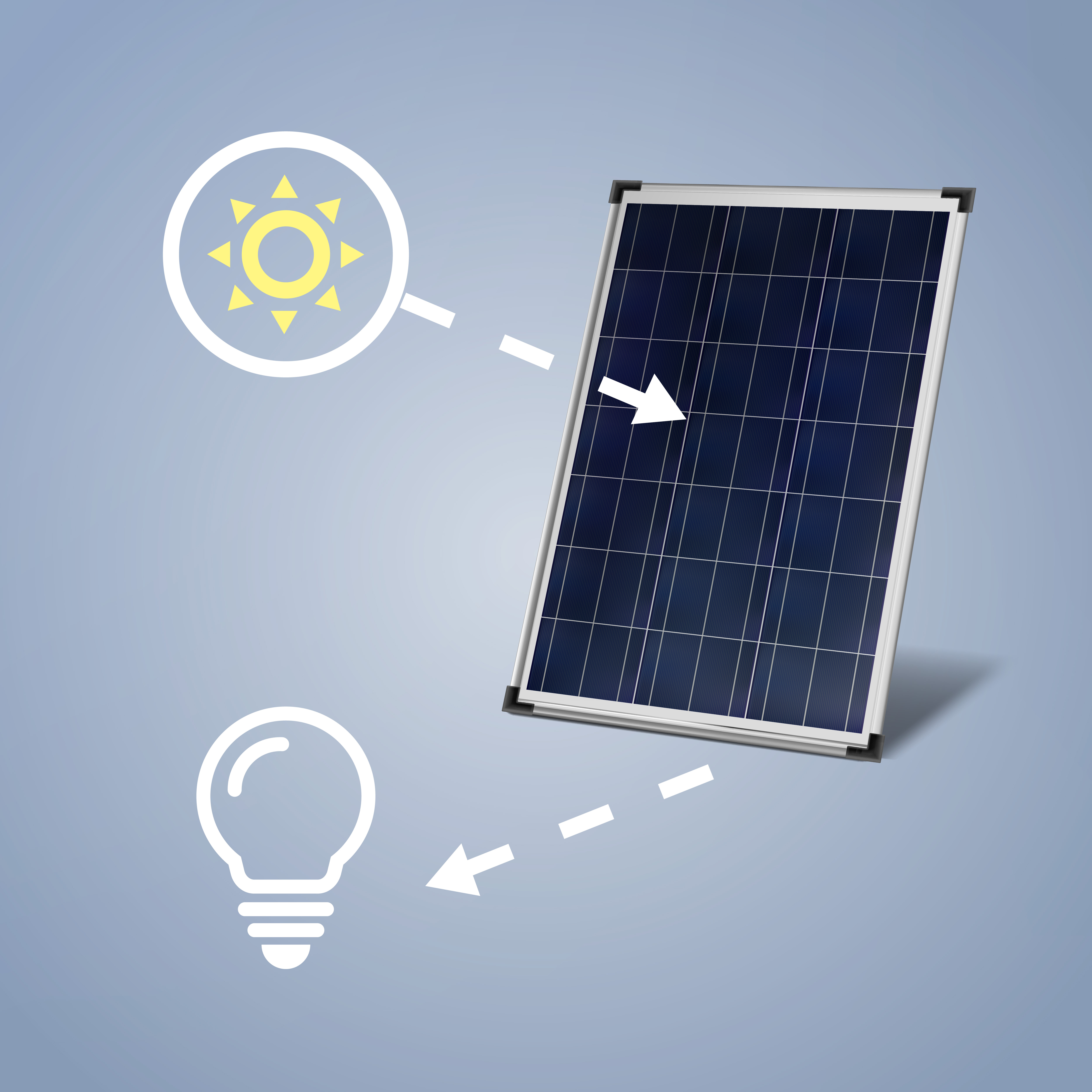Dual axis solar tracking systems: A solution for Karachi's climate change and energy demands

Syed Farooq Iqbal discusses how dual-axis solar tracking systems can address Karachi's challenges of climate change and rising energy demands by providing a more efficient and sustainable source of energy.
Karachi, Pakistan's financial capital, is grappling with the mounting consequences of climate change. The city faces formidable challenges, including unprecedented urban flooding and deadly heat waves.
Rising temperatures, changing precipitation patterns, and more frequent and intense natural disasters are affecting the city's infrastructure, economy, and society. At the same time, the city is facing a rising demand for electricity as its population and economy continue to grow. In this context, the use of dual-axis solar tracking systems could be an effective solution to both mitigate the effects of climate change and meet the city's energy needs.
Karachi is a coastal city that is particularly vulnerable to climate change. Rising temperatures are leading to more frequent and severe heat waves, which can have serious health implications for the city's residents. Changing precipitation patterns are also affecting water availability, which is crucial for the city's economy and its 16 million inhabitants. Additionally, Karachi is at high risk of flooding and other natural disasters, which can cause significant damage to infrastructure and homes.
Pakistan's electricity shortfall was reported to be around 6,000 megawatts on average, resulting in frequent blackouts and load shedding. According to the World Bank, the country's transmission and distribution losses were estimated at 18.4 per cent in 2019. Additionally, Karachi, being the largest city in Pakistan, has been particularly affected. Reports suggest that the city's average duration of load shedding during peak summer months can range from six to 12 hours, significantly impacting the daily lives of residents and affecting industries, businesses, and healthcare facilities.
At the same time, the city is facing a rising demand for electricity. With a 2.35 per cent year-on-year growth rate, the population of Karachi is expected to reach 20 million by 2025, and the city is also an economic hub for the region. This means that the demand for electricity is likely to continue to grow, putting further strain on the city's already overburdened energy infrastructure.
One possible solution to this dual challenge of climate change and rising energy demand is the use of dual-axis solar tracking systems. These systems are designed to track the sun's movement throughout the day, which allows them to produce up to 30 per cent more energy than standard fixed panels. This means that a smaller number of solar panels could be used to generate the same amount of electricity, reducing the amount of land required for solar energy production. Additionally, these solar tracking systems are made with recyclable materials and will pay for themselves in the near future.
The use of dual-axis solar tracking systems has been proven to be an effective way to curb power requirements and reduce greenhouse gas emissions. By using renewable energy sources like solar power, cities like Karachi can reduce their reliance on fossil fuels, which are a major contributor to climate change. Additionally, renewable energy sources can provide a more stable and predictable source of energy than traditional energy sources, which can be subject to price fluctuations and supply disruptions.
However, the adoption of dual axis solar tracking systems may require significant investment and infrastructure development. The cost of solar panels and associated equipment has decreased significantly in recent years, but it still represents a significant upfront cost. Additionally, the implementation of these systems may require changes to the city's energy infrastructure, such as the installation of smart grids and energy storage systems.
Despite these challenges, the use of dual axis solar tracking systems has the potential to provide significant benefits for Karachi. By reducing the city's reliance on fossil fuels and providing a more stable and predictable source of energy, these systems can help mitigate the effects of climate change while meeting the city's energy needs. Additionally, the use of renewable energy sources like solar power can help create local jobs and reduce the city's dependence on imported energy sources.
In conclusion, Karachi is facing significant challenges as a result of climate change and rising energy demand. However, the use of dual-axis solar tracking systems represents a promising solution to these challenges. By using renewable energy sources like solar power, the city can reduce its reliance on fossil fuels and provide a more stable and predictable source of energy. Additionally, the use of solar tracking systems can help mitigate the effects of climate change and create local jobs. While the implementation of these systems may require significant investment and infrastructure development, the long-term benefits are clear.
Syed Farooq Iqbal is a Pakistan-based mechanical engineer focused on sustainable solutions.